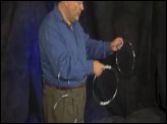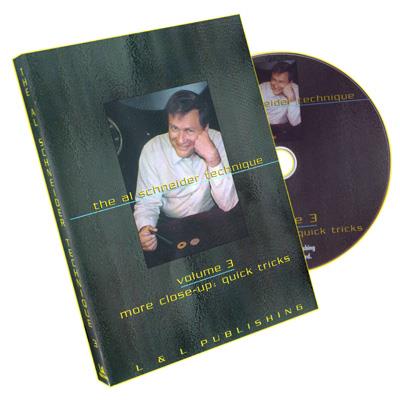

By telling the story of Houdini’s disappearing elephant-and how it might have been accomplished-Steinmeyer introduces the reader to a whole cast of larger than life personalities and what it was like to be a stage magician in a rough and tumble, competitive performing era. Steinmeyer, who is one of the great modern illusion designers, is also one of modern magic’s best historians. Hiding the Elephant by Jim Steinmeyer: A practitioner of any art should have a knowledge of its history, and that’s certainly true of magic. Hot tip-Don’t let the Dummies in the title put you off: on page 64, you’ll find a method that fooled Penn & Teller a few weeks ago. There are some great tricks in here, pretty much self-working in terms of method, but even if you’re more advanced in magic you’ll find some usable material here. It encourages readers to create compelling presentations, not just learn the moves. There are contributions in each chapter from some famous modern magicians, but the real contribution is that it teaches from the get-go that magic is a performing art, more than just a collection of methods. Magic For Dummies by David Pogue: I rarely see this book on lists of this kind, but it’s a great introductory book that teaches a variety of magic without overwhelming the reader.

I figure I can fit about ten average volumes in a foot of shelf space, so here are my nominees for the first foot, which I’ll call Getting Started: (Perhaps one day I will do a post on the great Books vs Video debate.) Also, if a book is out of print but is readily available through second-hand sources, I allow it. As a little update to the rules, I do not allow ebooks or DVDs-not that there’s anything wrong with them.


I thought I would contribute my own list, based on books that I’ve owned or read. On several of the magic forums, some people are putting together their own more recent lists Jeff Kowalk in particular has a very nice series of videos he’s produced which you can see here. The ground rules were that you had five feet of shelf space to work with, all the books had to still be in print, and the primary purpose of the list was to pick out those books that would best help beginners start in magic and continue on as their skills and knowledge grew. The idea of TJFFS was to put together a list of books that would be foundational texts in the arts of magic. He undoubtedly was inspired by his hero Ted Annemann’s list first printed in The Jinx in 1936, called The Jinx Five-Foot Shelf. Some years ago, mentalist Bob Cassidy published “The Thirty-Nine Steps – A Mentalist’s Library of Essential Works” a list of what he considered the most important books for a mentalist to be familiar with.


 0 kommentar(er)
0 kommentar(er)
